In the winter of 1930, the Laboratory of Evolutionary Morphology was organized at the Academy of Sciences of the USSR, headed by the famous zoologist, Academician of the Department of Physical and Mathematical Sciences A. N. Severtsov. The laboratory was the last undertaking of Alexey Nikolaevich in the field of scientific and organizational activity and his favorite brainchild throughout his subsequent life. The core of the laboratory was made up of the Moscow students of A. N. Severtsov: B. S. Matveev, S. G. Kryzhanovsky, V. V. Vasnetsov, S. N. Bogolyubsky, A. A. Mashkovtsev, S. A. Severtsov, E. F Eremeeva, S. V. Emelyanov, A. N. Druzhinin, N. N. Disler, A. G. Ryndzyunsky. The laboratory was engaged in research of the morphological patterns of the evolutionary process, using the data of comparative morphology of animals.
All laboratory staff were accommodated in three rooms on the territory of the Institute of Comparative Anatomy of Moscow University. The laboratory existed in this form for 4 years.
In 1934, the laboratory expanded, moved to a building on Bolshaya Kaluzhskaya Street (now Leninsky Prospekt, 33) and was transformed into the Institute of Animal Evolution (IAE) (Minutes No. 18 of the meeting of the Presidium of the USSR Academy of Sciences dated 05.10.1934). It was from this date - October 5, 1934 – that the A N Severtsov Institute of Ecology and Evolution of the Russian Academy of Sciences is counting its history. Academician A. N. Severtsov was appointed Director of the Institute, and Academician A. A. Borisyak was appointed his deputy (protocol No. 26 of December 14, 1934). They also headed two sectors within the Institute - the sector of morphology of modern animals (A. N. Severtsov) and the sector of paleozoology (A. A. Borisyak). The sector of morphology of modern animals included 7 departments: phylogenesis (headed by V.V. Vasnetsov); ontogenesis (headed by B.S.Matveev); evolution of domestic animals (headed by S. N. Bogolyubsky); functional morphology (headed by A. A. Mashkovtsev); evolutionary biology (headed by S. A. Severtsov); invertebrate morphology (headed by D. M. Fedotov); organogenesis and phylogenetics (headed by I.I.Shmalgauzen). The sector of paleozoology included two departments: the department of phylogenesis (headed by A. A. Borisyak) and the department of paleobiology (headed by R. F. Gekker). In December 1934, at the General Meeting of the USSR Academy of Sciences, the name of the institute was corrected and approved as the Institute of Evolutionary Morphology and Paleozoology (IEMP).
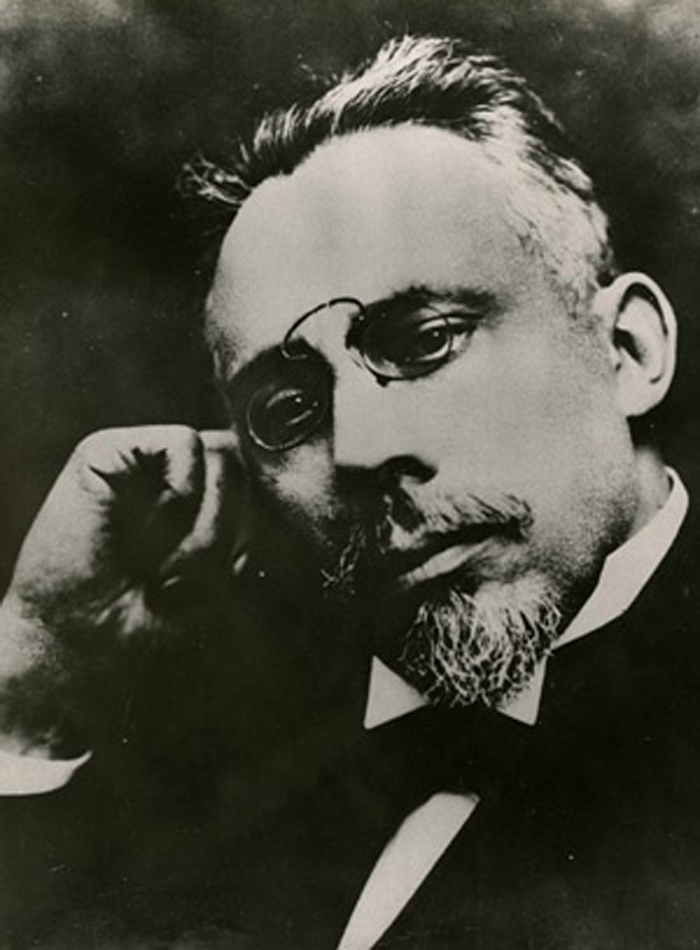
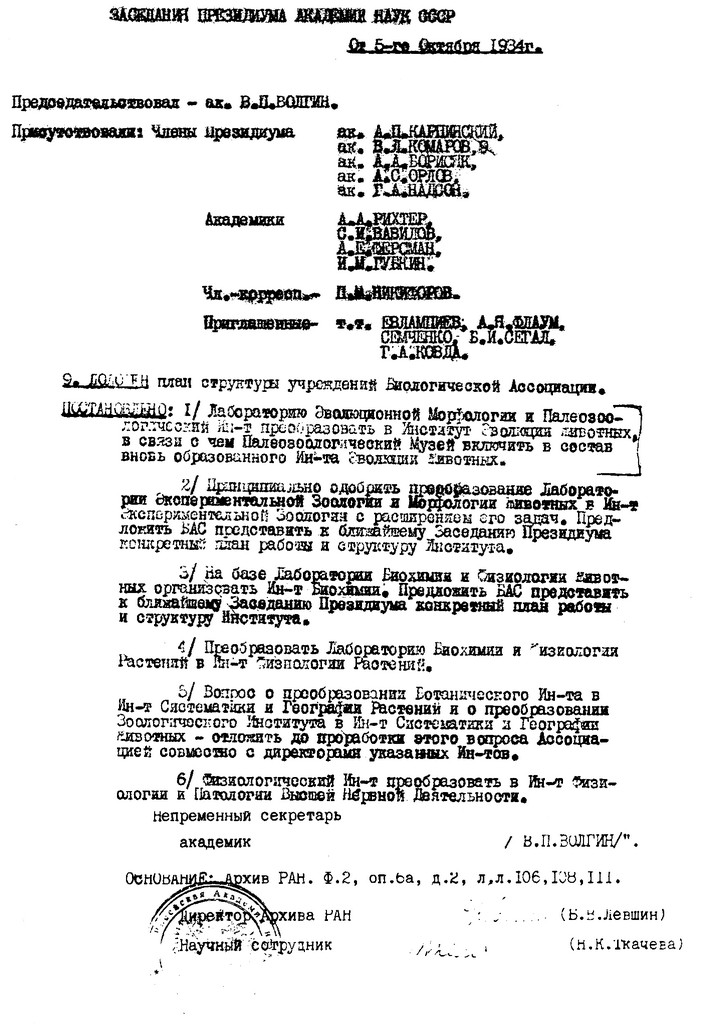
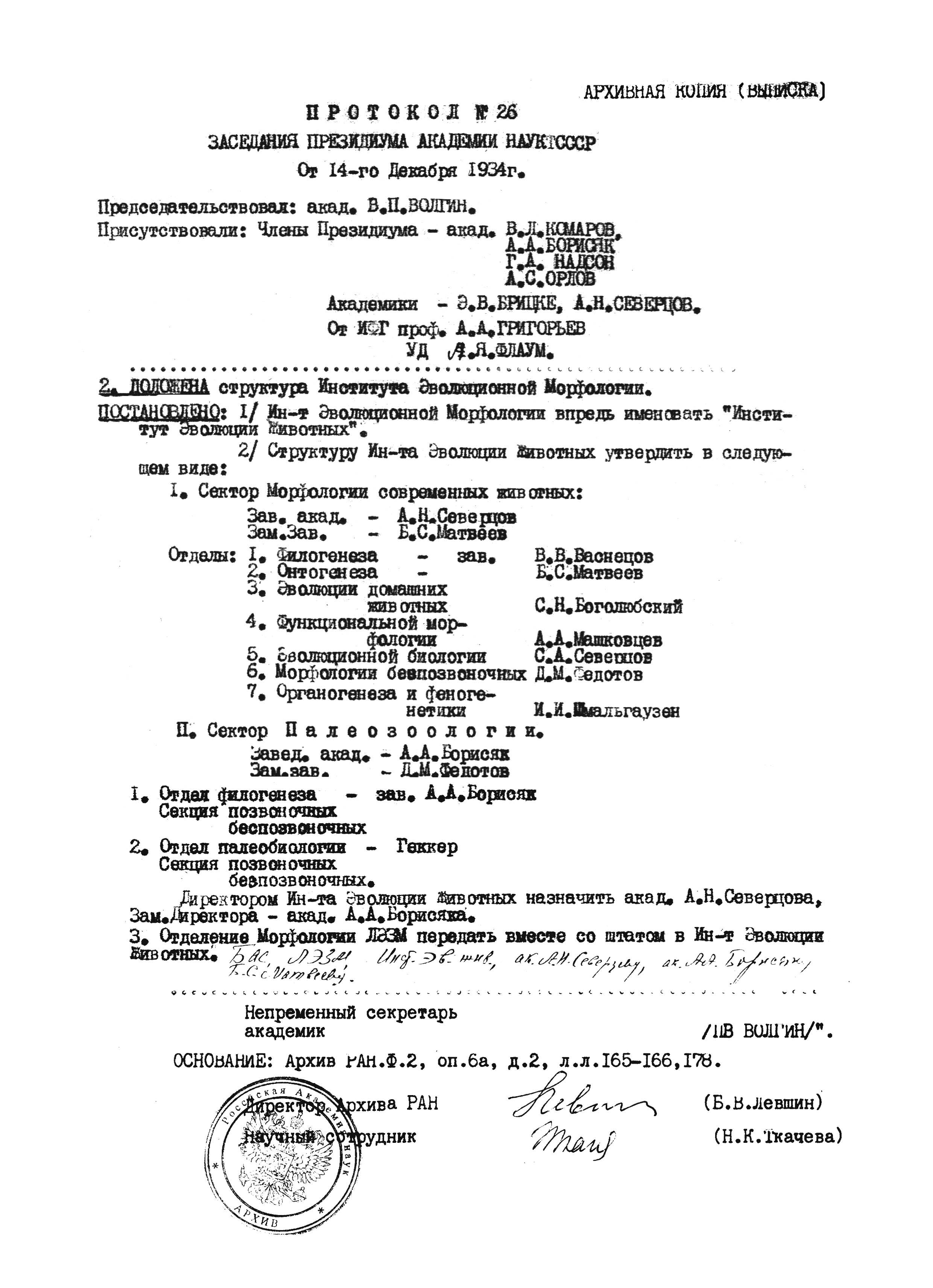
Все сотрудники лаборатории разместились в трёх комнатах на территории Института сравнительной анатомии Московского университета. И в таком виде лаборатория просуществовала 4 года.

On December 5, 1936 (protocol No. 24 of the Presidium of the USSR Academy of Sciences), it was decided to divide the IEMP into two institutes - the Institute of Evolutionary Morphology (IEM) named after A. N. Severtsov and the Paleontological Institute (PIN). The IEM included the zoological part of the K. A. Timiryazev Biological Institute, Laboratory of Evolutionary Physiology of Professor Kh. S. Koshtoyants and Laboratory of General Ontogeny of Animals by Professor B. P. Tokin. As a result of reorganization in the Institute of Evolutionary Morphology, there were three sectors: experimental morphology (headed by Academician I.I.Shmalgauzen), evolutionary morphology (headed by Professor B.S.Matveev), evolutionary physiology (headed by Professor Kh.S. Koshtoyants). Academician I.I.Shmalgauzen was appointed director of the Institute, and under his leadership the problems of phylogenesis, evolutionary morphology, embryology and animal physiology were developed within the institute. During this period A.N. Severtsov Institute of Evolutionary Morphology of the Academy of Sciences of the USSR became the center of research on the laws of the evolutionary process in the animal world.
During the Great Patriotic War, the Institute did not stop its work, although some of the employees went to the front. Several did not return from the war: A.Ya. Belogurov, I.M. Bulavkin, A.V. Vlasov, V.R. Weizmann, F.N. Illarionov, V.D. Nevzgodin, A.P. Petropavlovsky, N.A. Rogov. Many of those who served in the war were awarded orders and medals.
In August 1948 the notorious session of the All-Union Agricultural Academy on the issue "On the situation in biological science" took place. It was followed by a wave of repression, which affected the fate of many famous scientists and the fate of the Institute. I.I. Schmalhausen was removed from the post of director of the IEM of the USSR Academy of Sciences, and his laboratory was closed. In 1948. the Institute of Cytology, Histology and Embryology of the Academy of Sciences of the USSR was attached to the Institute of Evolutionary Morphology, and as a result, creating the A. N. Severtsov Institute of Animal Morphology (IAM) of the USSR Academy of Sciences (minutes No. 23 of the assignment meeting of the Presidium of the USSR Academy of Sciences of November 16, 1948). Corresponding member of the USSR Academy of Sciences G.K. Khrushchov was assigned as director of the institute. The main direction of the work of the Institute of Animal Morphology was the elucidation of the ways and patterns of individual development of animals and the development of methods for managing the processes of ontogenesis. In morphology, ecological and functional research directions have been developed. In the early 1950s. M.S. Gilyarov laid the foundations of a new science - soil zoology - and created a laboratory, which became the center for the development of this direction in our country. The connection between theoretical research and the needs of the national economy has expanded significantly. V.V. Vasnetsov and S.G. Kryzhanovsky created the morpho-ecological direction of the study of fish, on the basis of which the theories of stages of development and ecological groups of fish were formulated. Corresponding Member G.V. Nikolsky created a theory of the dynamics of a herd of fish. These theories became the basis for modern fishery practice. The works of S.N. Bogolyubsky were associated with the problems of domestication, morphology and embryology of farm animals. The Institute headed the work on the study of the most important representatives of agriculture, a biological station was created in Mukachevo (Carpathians) for experimental work.
After the death of G.K. Khrushchev in 1963. before the division of the Institute, the duties of director of the A. N. Severtsov institute of the USSR Academy of Sciences were temporarily passed on to M.S. Mitskevich. In 1967 The Institute of Animal Morphology was divided into two (decree of the State Committee for Science and Technology of the USSR Council of Ministers and the Presidium of the USSR Academy of Sciences No. 17/3 of January 24, 1967). - Institute of Developmental Biology (IDB), later named after N.K. Koltsov, and Institute of Evolutionary Morphology and Ecology of Animals (IEMEA) named after A.N. Severtsov of the Academy of Sciences of the USSR (Resolution of the Presidium of the Academy of Sciences of the USSR No. 298 of March 31, 1967), presided by Doctor of Biological Sciences V.E. Sokolov. The IEMEA retained laboratories conducting research in such areas as evolutionary, ecological and experimental morphology; evolutionary embryology and histology; population ecology and biocenology; animal behavior and domestication of new species. On the initiative of Vladimir Evgenievich Sokolov, already in the 1970s the Institute developed laboratories for bioacoustics of animals, ecology and control of the behavior of birds, the study of the evolution of sensory systems of vertebrates, a group of historical ecology. Biogeocenology Laboratories named after V.N. Sukachev and the Center for Bird Ringing and Tagging. In 1975 the Joint Soviet-Mongolian Complex Biological Expedition was transferred to the Institute. In addition to one of the oldest biological stations in Russia, "Deep Lake", new ones were created during this period: the Utrish Marine Station, the Chernogolovka Scientific and Experimental Base, the Kostroma Taiga Scientific Experimental Station and others. Complex expeditionary research was now complemented by stationary work.
In the early 1980s the ecological orientation of the Institute's activities is intensifying. Laboratories of general ecology, ecological foundations of ecosystem protection and management of animal populations are being created. Fantastically fast, and mainly on the initiative of Academician V.E. Sokolov, the geography of research is expanding. Expeditions and stationary work are carried out in Bolivia, Peru, Mexico, Ethiopia, Cuba, India and many other countries. In 1988. the Tropical Division is established to support and oversee the activities of the Tropical Center in Vietnam. In connection with the global impact of anthropogenic impacts on nature, the Institute faces the task of quantitatively assessing this impact, for which new special units are being organized: the laboratory of environmental monitoring in the regions of nuclear power plants, the laboratory of analytical ecotoxicology, scientific groups – using aerospace research methods, eco-information systems, theoretical and applied problems bio-method. Since 1994 The institute became known as the Institute of Problems of Ecology and Evolution (IPEE) named after A.N. Severtsov (Resolution of the Presidium of the Russian Academy of Sciences No. 165 of 11.10.1994).
In 1998. Academician Vladimir Evgenievich Sokolov passed away. Academician Dmitry Sergeevich Pavlov was appointed Director of the Institute (Resolution of the Presidium of the Russian Academy of Sciences No. 175 of 22.06.1999).

Currently, the Institute conducts research in eight main fundamental areas: structural and functional organization, dynamics and evolution of populations, communities and ecosystems; ecology of organisms and mechanisms of adaptation; ecological and evolutionary aspects of animal behavior and communication; morphological patterns and mechanisms of animal evolution; biological diversity and sustainable (rational) use of biological resources; fundamental problems of wildlife protection; biodeterioration, certification testing of equipment and materials for climatic resistance and preservation; ecological and analytical control of ecotoxicants in environmental objects; general and particular parasitology. The Institute has 5 state-supported scientific schools.
The results of the Institute's research find application in solving applied problems of ecology, which is especially important for modern Russia. With the participation of the Institute, such important state documents as the Law “On the Protection of Wildlife”, the Ecological Doctrine of the Russian Federation, adopted by the Government of the Russian Federation, have been prepared. The most important result of this work is that the preservation of natural ecosystems, maintenance of their integrity and life-supporting functions are defined as a strategic goal of the state environmental policy, and the conservation and restoration of biological diversity has become one of its main directions. The concept of biosphere reserves was created and implemented at the international level, the scientific foundations of environmental monitoring were developed. The Institute headed the work on the preparation of the "National Strategy for the Conservation of Biodiversity of Russia", adopted at the National Forum for the Conservation of Animal Nature. A special "red" thread through the work of the Institute is research devoted to the study of endangered species. It is always taken into account in the development of the "Strategy for the Conservation of Rare Species in Russia" and strategies for the preservation of certain rare species. The huge contribution of the Institute to the creation of the “The Red Book of the Russian Federation. Animals "," The Red Book of the Moscow Region "," The Red Book of the City of Moscow" and others. An information portal and a generalized database on the diversity of vertebrates in Russia and on the fauna and flora of protected areas have been created in the form of a publicly accessible server. In 2007 the Scientific Archive was created at the Institute.
In 2009 the Institute has 606 employees, including 4 Academicians of the Russian Academy of Sciences, 2 Corresponding Members, 106 Doctors, 212 Candidates of Science and 60 research workers without a scientific degree.
The main publications of the scientists of the Institute are presented in the description of its divisions. Such series as "Species of the fauna of Russia and neighboring countries", "Reserves of the USSR (Russia)", "Mammals of Russia and adjacent regions", "Fauna of the world", 5-lingual dictionaries of animal names and others have gained popularity. The authority earned by the staff of the Institute made it possible to ensure the holding of many international scientific forums in Moscow. The Institute has made a great contribution to strengthening public relations, uniting professional scientists and amateurs in scientific communities. The solution of the pressing problems of our time not only does not interfere, but contributes to the study of such a complex process as the problem of the evolution of the animal world. 75 years ago, the Institute was created as a center for the study of this problem, and to this day it remains among the leading scientific institutions in our country, closely engaged in its research.
100 year anniversary of Vavilov's law of homologous series in variation
A century has passed since the days when the law of homologous series in variation was first manifested. This event happened in 1920 in Saratov, in the third post-revolution year, in the frameworks of the III All-Russian Conference on Plant Breeding, then mobilized in view of current needs of agricultural practice, science and education. The report of a 33-year-old professor Nikolai Vavilov, who was accompanied by his students from the Saratov University, caused a sensation. Vavilov’s generalization on the phenomenon of the homologous series in variation of cultivated plants was reported on June, 4, 1920 and enthusiastically appreciated by the qualified breeders as a great scientific achievement comparable with the Mendeleev’s periodic Law of the chemical elements. On June 21, 1920, a message of the provincial Saratov branch of the Russian Telegraph Agency shared internationally the information on “the greatest discovery of world significance” which was addressed to the State government by the decision of the meeting. Read on...
November 24, 1859 - the day of the first publication of the most famous book by Charles Darwin. The impressive volume was printed in London and titled wordily, in the spirit of the times - "On the origin of Species by Means of Natural Selection, or the Preservation of Favored Races in the Struggle for Life".
2018 marks the 50th anniversary of the publication of the Russian translation of the famous book "Zoological Species and Evolution" by the American ornithologist and evolutionist Professor Ernst Mayr. Published in the USA in 1963 and reprinted already in 1965, it quickly spread around the world in translations into various languages. Read on...
Where did the domestic karyosystematics of mammals come from...
2018 is a anniversary year for Russian karyosystematics. The first published work evaluating the importance of studying karyotypes in the taxonomy of mammals was the review by Nikolai Nikolaevich Vorontsov published in the spring issue of the Bulletin of the Moscow Society of Naturalists (Bulletin MOIP, new series, volume 63, No. 2, March - April) for 1958. Read on...
ARTICLES ABOUT THE EMPLOYEES OF IPEE RAS
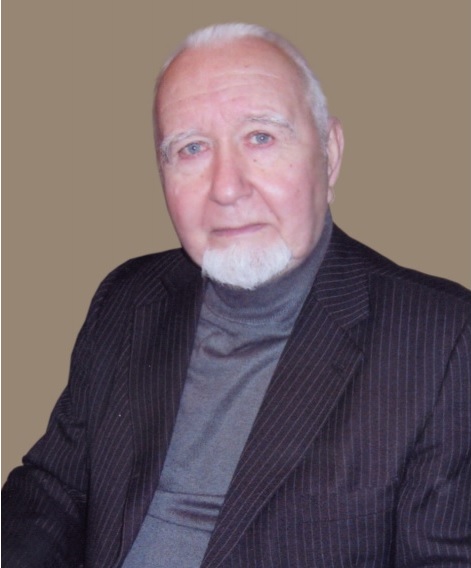
Zoological journal No. 9 published an article in memory of the chief researcher of the Laboratory of Ecology of Aquatic Communities and Invasions, Professor Nikolai Nikolaevich Smirnov.
BOOKS BY IPEE RAS STAFF
Yuri Manteifel "Life in nature"
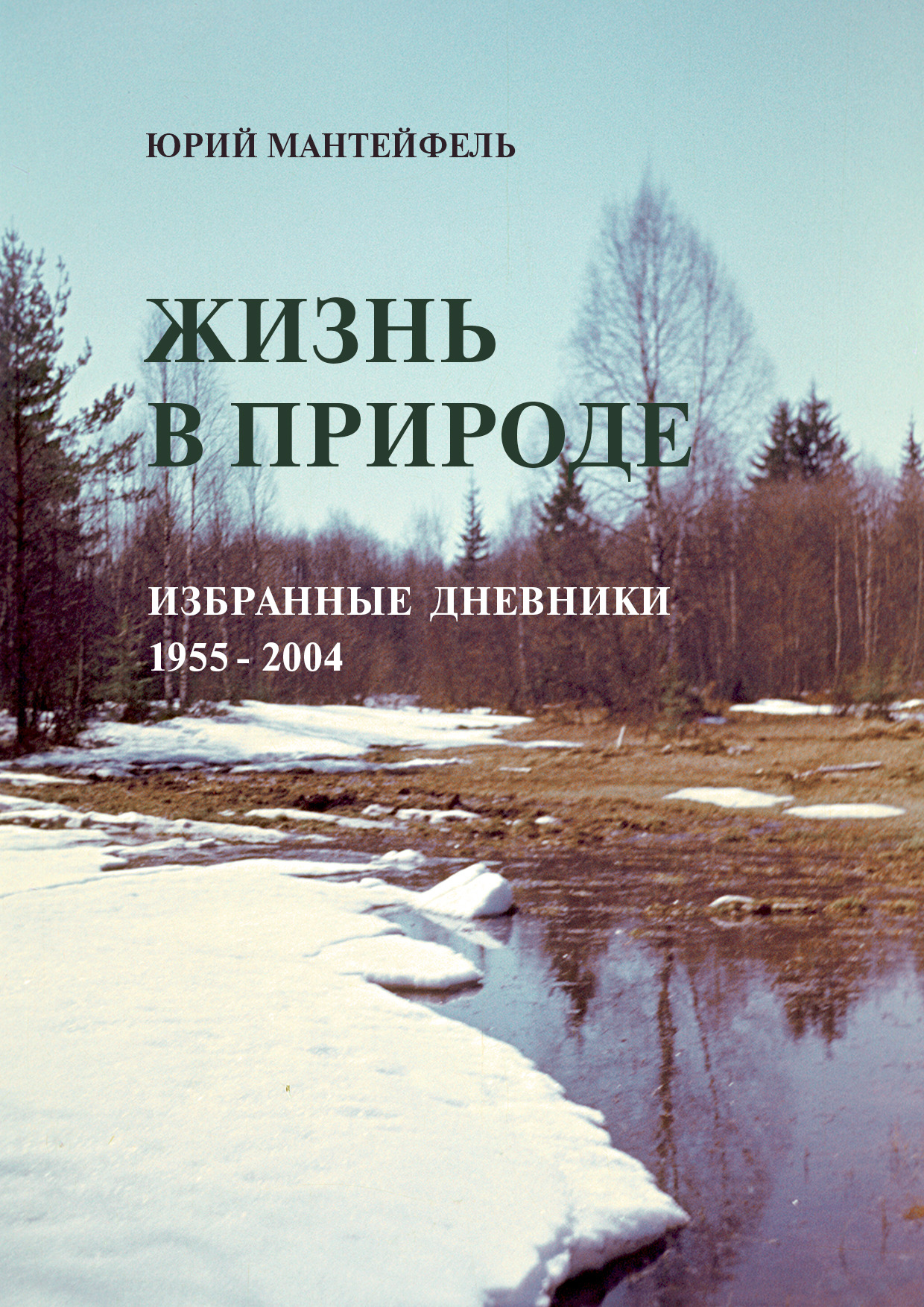
Yuri Borisovich Manteifel (1933–2016) is a renowned neurophysiologist, a specialist in the study of sensory systems (sight and smell) of lower vertebrates. An experienced naturalist, hunter, fisherman, he spent a considerable part of his life in nature, was interested in the behavior of wild animals. Passions for science and nature went hand in hand, complementing each other.
The book includes diaries of trips to the Penovsky district of the Tver region, where in early spring he hunted for upland game, and in late spring, summer and autumn he lived on the shores of the picturesque Lake Mishurka, taking an interest in the nature of the places that include the upper Volga basin. Life in this land of lakes and swamps, rivers and streams with a rich animal world was filled with interesting events. This edition also includes notes on three water voyages: along the Seliger and along the beautiful rivers of the middle and southern Urals - Chusovaya and Yuryuzan.
This book may interest naturalists, hunters, fishermen and all people who take an interest in nature.
You can get the book here.
STAFF OF THE INSTITUTE WHO WERE PART OF THE GREAT PATRIOTIC WAR
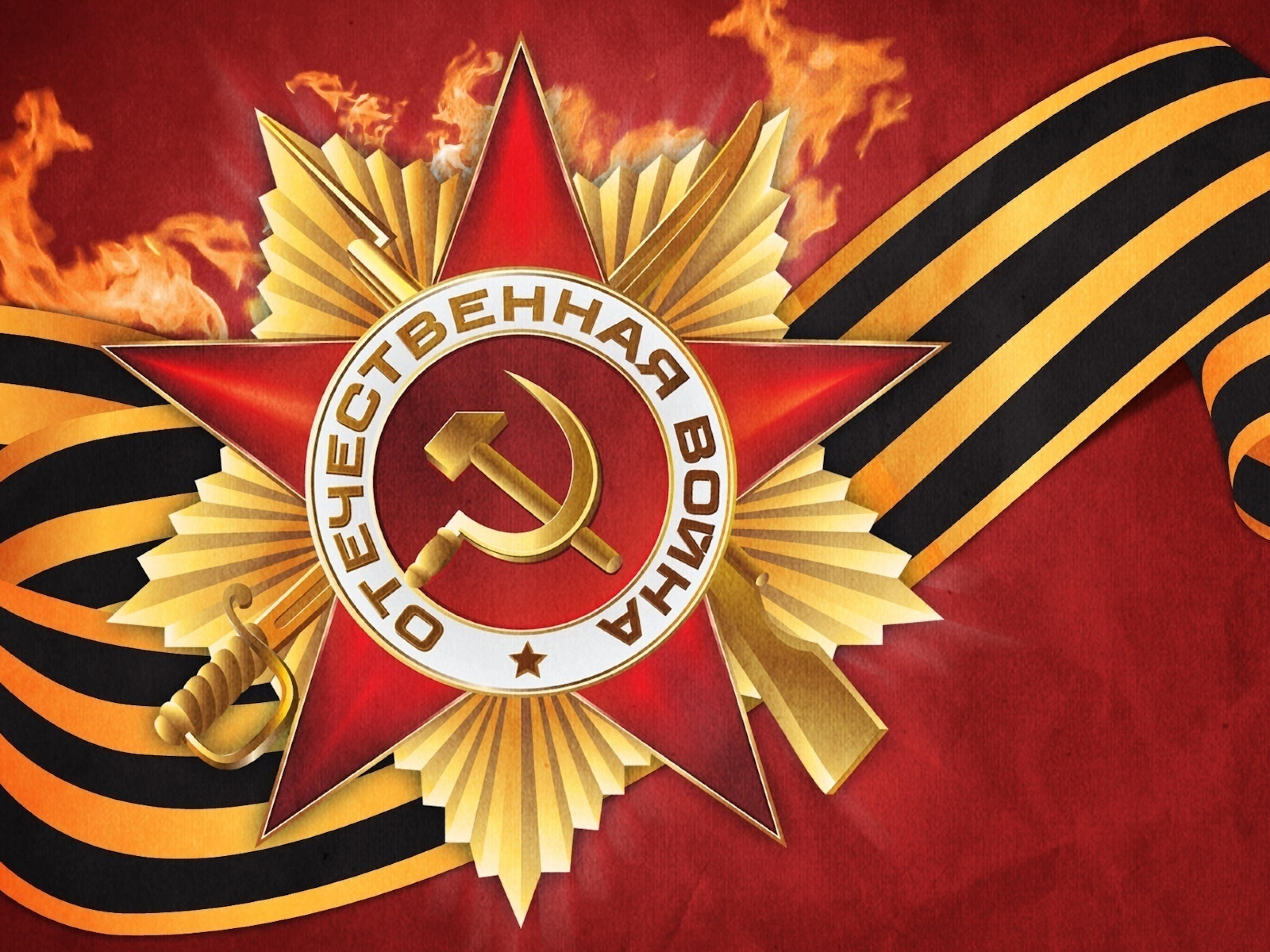
75 years have passed since the Victory in the Great Patriotic War. The generation of people who defended our right to life and freedom and rebuilt the country destroyed by the war, is inexorably leaving. It is our duty to remember the deeds of these people, to keep the memory of them.
This album is a memory of the Institute's employees - combatants, home front workers, all those who brought Victory closer. Not a single soldier of that war should be forgotten - the victorious soldier.
At the beginning of the war, many of the Institute's employees went to the front. The Institute was evacuated to Frunze (now Bishkek, Republic of Kyrgyzstan) together with other institutes of the Biological Department of the USSR Academy of Sciences. In the building on Leninsky Prospekt 33 on the first floor, a voucher center was organized. A huge line of employees and their families stretched out into the street. Employees of the institutes worked for a week with short breaks, issuing vouchers to families with small children, old people, for those who need to leave. In the Biological Department of the Academy of Sciences, only those who had enrolled in the voluntary people's militia and in nursing courses remained. During the war years, despite the difficulties of evacuation, the Institute continued active research activities.
The album can be downloaded HERE
